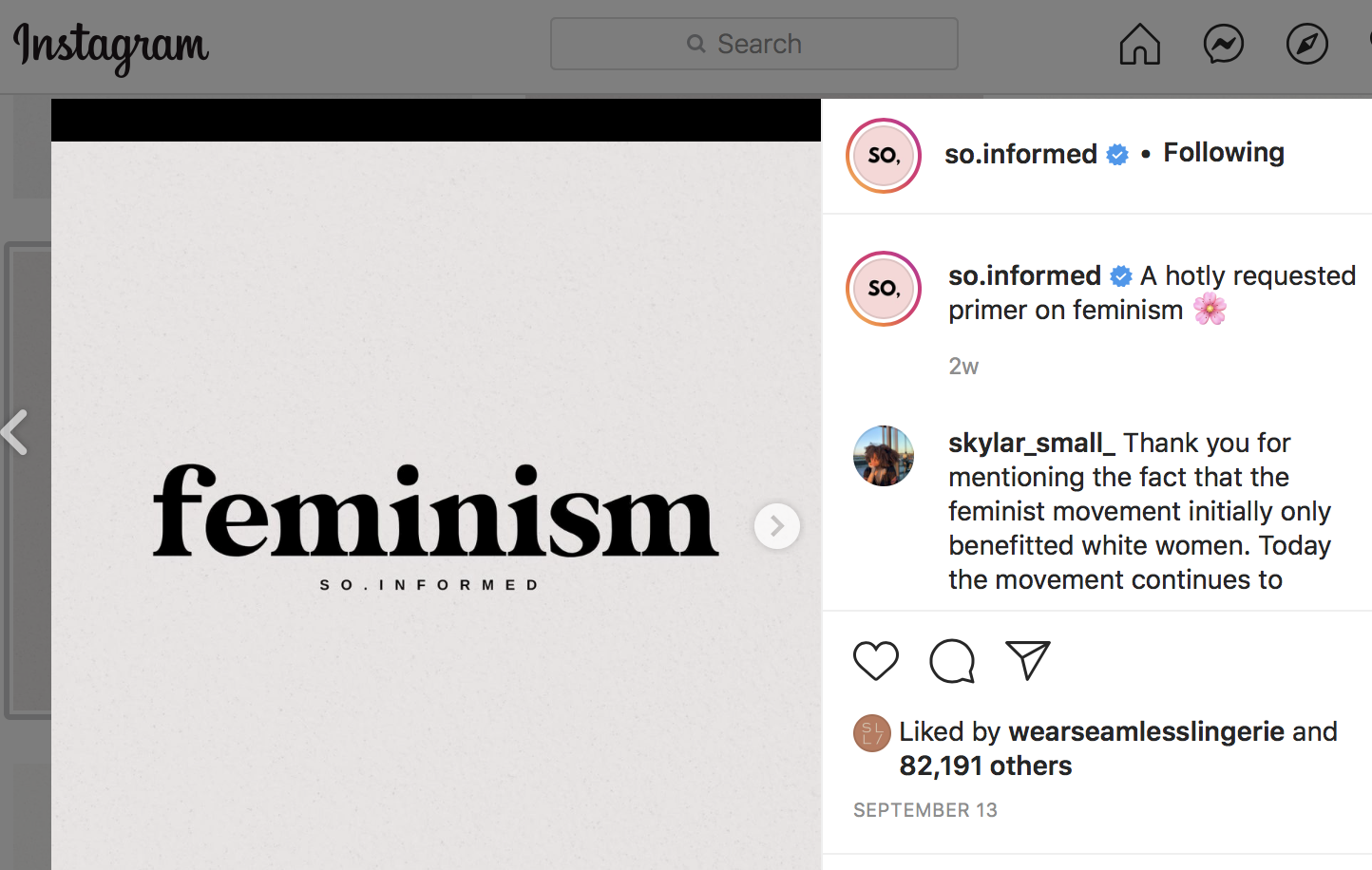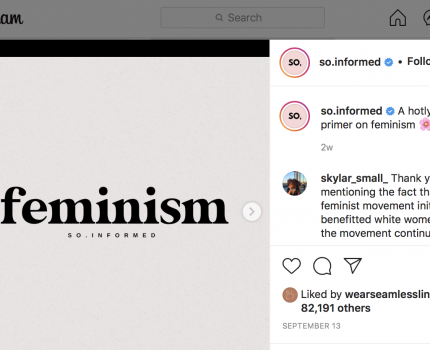Let me start by telling you a little about myself – I admit I’m not what you might call an “activist.” I believe strongly in racial and gender equality, putting an end to all forms of discrimination and violence, and I strive to be an active participant in pursuing social justice. But, I’ve never marched for Black Lives Matter and I’ve never worn a pink pussy hat. As a parent I think about strapping my kids to my back and joining a march – teach them young, right? – but to this day it’s still just an idea.
Nevertheless, I am invested in social justice issues. I’m an international development professional whose work has been singularly focused on supporting development programmes that empower women and youth through access to sexual and reproductive health products and services. As a woman and a mother, I’m a bleeding heart that believes every word of our mandate and I aim to contribute in any way I can. But being an international civil servant can place certain limits on your political activity.
So I often wonder – what actually defines an activist? And in a larger sense, what can be considered activism?
To complicate the question further, activism is now something that happens in online spaces; our Facebook feeds, Instagram stories, Tiktoks are filled with resources and messaging. And nearly everyone we know is involved – our old high school or college friends, our coworkers and bosses, our parents (even grandparents!), our neighbors, etc.
I, too, have dipped my toes into the digital activism space, following Instagram accounts like @impact and @so.informed who seek to parse political and social issues, and occasionally sharing links and information. It can be satisfying to put yourself out there, drawing a clear line for your followers as to where you stand.
But much in the way I question whether my work in development makes me an activist, I pose the same question about online activism. What is performative versus what is true activism?
According to Merriam-Webster activism is “a doctrine or practice that emphasizes direct vigorous action especially in support of or opposition to one side of a controversial issue.” Dictionary.com adds that it is often “a means to achieving political goals, sometimes by demonstrations, protests, etc.” In other words, yes, participating in activism can mean taking to the streets en masse, but it can also be interpreted in other ways.
While it’s hard to sum up in one blog post how activism is carried out across different social media platforms, let’s look at one in particular – Instagram.
Instagram is a mobile app for photo-sharing that wears many hats. It’s the birthplace of hashtag photo challenges and the “instagram influencer,” and has evolved over time into a sophisticated marketing tool for individuals and businesses alike. At the same time, it is now a site of digital activism – especially since last summer’s Black Lives Matter protests when our feeds and stories were filled with black squares, lists of activist and non-profit organizations open to donations, and the names of black-led accounts to follow and support.
For sharing information, activists often use the Instagram carousel function to post what are essentially bite-sized PowerPoint presentations with multiple slides (up to 10) that users swipe through. The posts are visually pleasing, employing minimalist design and using a soft color palette (think: variations of millennial pink), or using background images that generally garner more likes to try to beat the Instagram algorithm. These posts seek to reach people where they are (i.e. on their phones) and to make the information approachable and palatable, so that users will re-share the post and amplify its reach.
For some people, this online interaction may represent “direct vigorous action.” At the same time, this can be criticized as performative and unproductive. It is easy to share a post from the comfort of your home, but where is the physical engagement with the struggle? And what end does it actually achieve? Such “clicktivism” is easily dismissed.
However, I take a different stance – While I agree that sharing such posts on Instagram or social media platforms alone does not make one an activist, I do believe these sites play their intended purpose of creating communities of like-minded people who share information. Instead of being the site where social and political change happens, it is where, in the process of reading, sharing, posting, fielding comments and engaging in debates, people define, negotiate and communicate their activist identities and stances on social justice issues.
So, yes, online activism is performative, but it is through this performance that we construct identities that ultimately carry over into the real world. And it is where activist organizing now takes place. Zeynep Tufecki, author of Twitter and Tear Gas, points out that many protestors with whom she has spoken “cite their online political interactions as the beginning of their process of becoming politicized.”
I am, however, not so naive as to believe there is no downside – there is much mis-information circulating in social media under the guise of stylish posts. And because of algorithms the information we see tends to mirror and reinforce our existing values. This means we find ourselves in an echo chamber, without any real opportunity to be challenged or develop nuance, and potentially diving further and further into an abyss of questionable information.
Still, I cannot say it any better than Tufecki herself who writes,
“Symbolic action online is not necessarily without power either— rather, the effect depends on the context. When Facebook friends change their avatar to protest discrimination against gay people, they also send a cultural signal to their social networks, and over time, such signals are part of what makes social change possible by changing culture.”
Social media platforms are imperfect, but they have a role to play in building activist awareness, social movements and challenging social norms. The struggle, of course, will be transforming that online engagement into sustained in-person engagement.
The final point I’d like to make is that our dictionary definitions are missing an important aspect of activism – the need for organization, coordination, and the involvement of parties with different capacities. To me, the sum of activism can be greater than its parts thanks to the contributions of online activists, who support the arduous work of communication and mobilization, and boots-on-the ground organizations who work with governments and communities to lay the groundwork for social change.
Let me know below in the comments what YOU think.
Do you define yourself as an activist?
What does activism mean to you?
And what do you think about digital activism?
Background links:
Tufekci, Z. 2017: Twitter and Tear Gas-The Power and Fragility of Networked Protest. New Haven, CT: Yale University Press.
https://www.vox.com/the-goods/21359098/social-justice-slideshows-instagram-activism
https://www.skillshare.com/blog/instagram-activism-how-to-become-an-activist-and-the-evolution-of-the-platform/
https://www.bustle.com/life/instagram-activism-helpful-or-performative
https://fordhamobserver.com/52763/opinions/whom-is-instagram-activism-really-helping/

